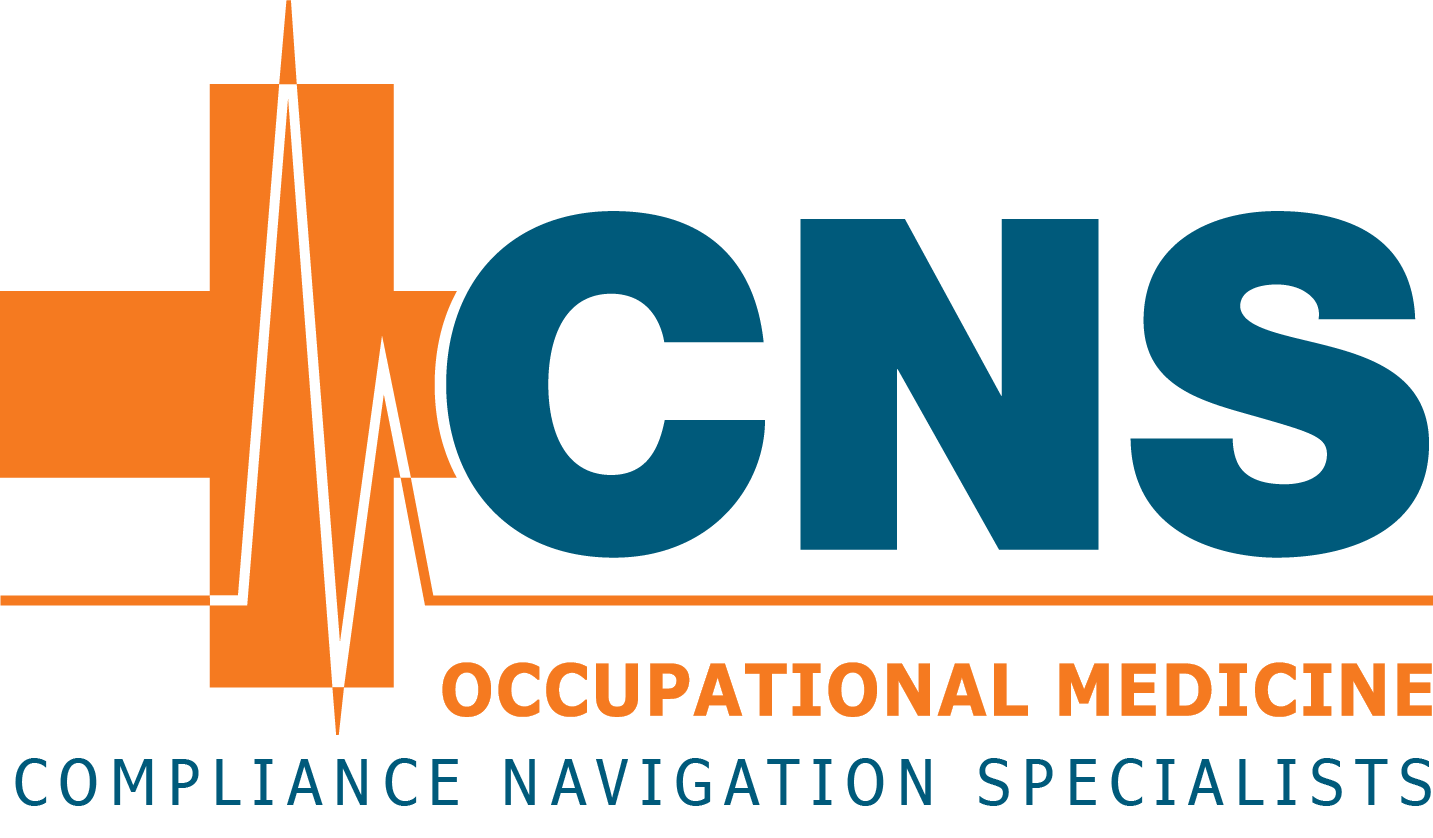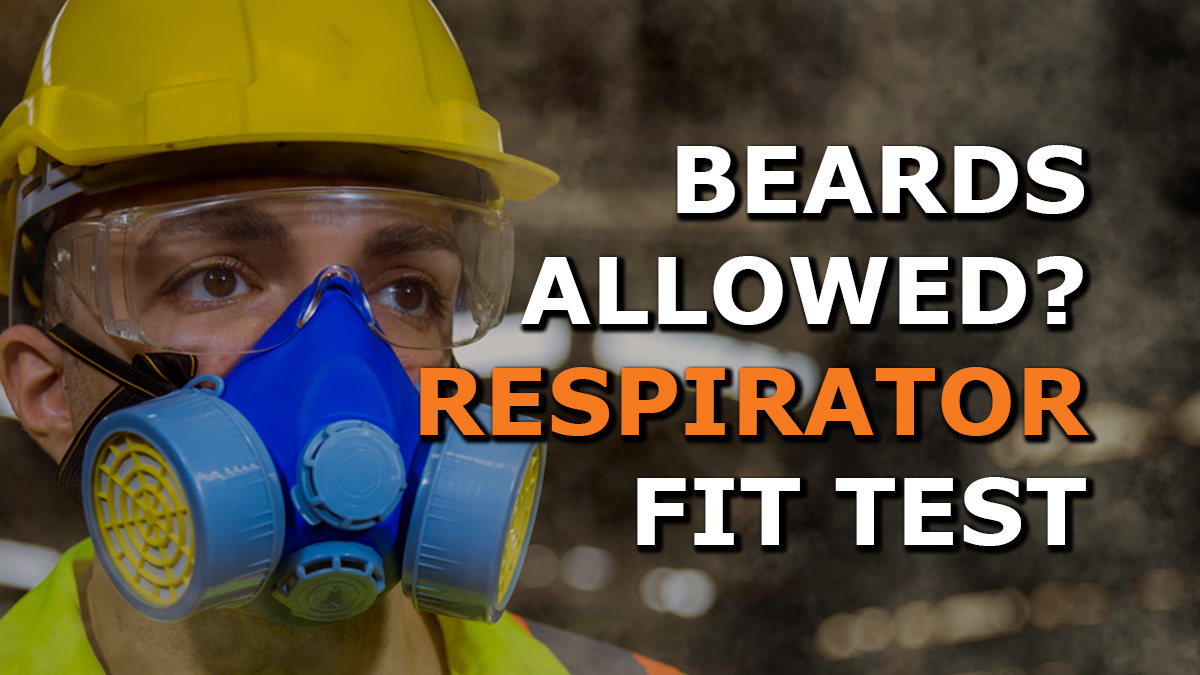You Can’t Have a Beard for OSHA Respirator Fit Testing
Think your beard is just a style choice? If your job requires wearing a tight-fitting respirator, OSHA says otherwise.
Federal safety regulations prohibit facial hair that interferes with the seal of a respirator, meaning many beards—and even a little stubble—could prevent you from passing a fit test.
In this article, we’ll explain exactly what OSHA’s respirator rules say about facial hair, why it matters for your safety, and how employers can address pushback from workers who don’t want to shave.
You’ll also get a step-by-step look at the respirator fit testing process and learn how CNS Occupational Medicine can help your company stay compliant, protect employees, and keep the process smooth for everyone involved.
What OSHA Says About Facial Hair and Respirators
According to OSHA standard 29 CFR 1910.134, employers must ensure that respirators provide an adequate seal to protect workers from inhaling hazardous substances.
The regulation explicitly states:
“Facial hair that comes between the sealing surface of the facepiece and the face or that interferes with valve function”
Why? Even a small gap caused by a beard or stubble can allow contaminants to bypass the filter, putting workers at serious risk.
This is especially critical in industries like construction, manufacturing, chemical handling, and healthcare, where airborne hazards can cause immediate or long-term health effects.
Tips for Employers: Managing Pushback from Bearded Workers
We get it—asking employees to shave for a respirator fit test can cause some friction. Here are a few ways to navigate the conversation:
- Educate First – Explain that this isn’t about appearance; it’s about safety and compliance with federal regulations. Share OSHA’s guidelines so employees understand it’s not just a company policy.
- Give Notice – Let employees know in advance when fit testing will occur so they have time to prepare (and shave).
- Offer Style Flexibility – Some mustache or sideburn styles may be acceptable as long as they don’t interfere with the seal. Providing examples can help workers keep some facial hair within the rules.
- Provide Alternative PPE – If possible and suitable for the task, consider loose-fitting powered air-purifying respirators (PAPRs), which do not require a tight facial seal.
What to Expect in the Respirator Fit Testing Process
Respirator fit testing ensures the mask forms an effective seal on the wearer’s face.
At CNS Occupational Medicine, we follow OSHA protocols for qualitative (pass/fail based on taste, smell, or irritation) fit tests.
The process typically includes:
- Medical Evaluation – Employees complete a confidential questionnaire to confirm they can safely wear a respirator.
- Instruction and Training – Workers learn how to properly put on, remove, and check the seal of their respirator.
- Fit Testing – The respirator is tested in various positions and movements to ensure a reliable seal.
- Documentation – Employers receive records verifying that each worker has passed their fit test for compliance purposes.
How CNS Occupational Medicine Can Help
We test all your employees using OSHA-approved Fit Testing methods. Both Qualitative and Quantitative testing methods are available.
Respiratory Questionnaires determine if the employee is cleared to use a respirator or if additional medical evaluation is required. A provider that has experience in Occupational Medicine will perform a thorough exam and recommend any additional testing required for clearance based on the employees unique medical history.
If your employees wear tight-fitting respirators, facial hair can be a serious safety risk—and OSHA requires it to be addressed. CNS Occupational Medicine can help you stay compliant, keep your workers safe, and make the process painless for everyone.
Contact CNS OccMed today to schedule respirator fit testing or learn more about our workplace safety services.




